-
10 Uses of convex lens in daily life
Convex lens uses
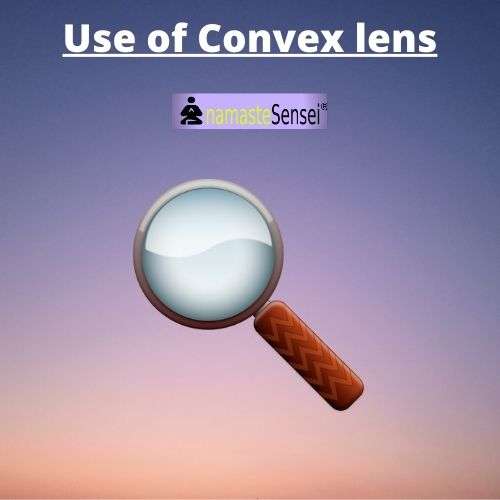
10 Uses of Convex lens in daily life
Some of the uses of convex lens are given below.
- Microscope
- Magnifying glasses
- An optical lens in the camera
- Projectors
- Telescope
- Eyeglasses
- Peepholes
- Binoculars
- Rifle Scopes
- Web Cameras
Before you read any further, it might be a good idea first to understand What are Convex Lenses?
Recommended Read: Convex Lenses, Types & Explained With Diagrams
10 Application and Uses of Convex Lens in our daily lives
-
MICROSCOPE
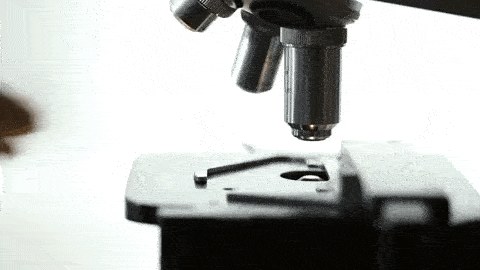
- Microscopes use convex lenses in order to focus light. For the purposes of microscopy, convex lenses are used for their ability to focus light at a single point.
- This is how the human eye works, with the convex biological lens focusing light on the back of your eye where rod and cone cells can detect it.
-
There are at least 2 lenses in a microscope (3 if you are counting the condenser). The one closer to the object is called the objective lens, and the one closer to the eye is called the eyepiece (this is a tube lens if you are taking a picture using a camera).
For the eyepiece, this is usually a convex lens. The objective lens is a more complex lens. Generally, they are built with more lenses. However, they are generally built so that the effective focal length is positive.
-
MAGNIFYING GLASS
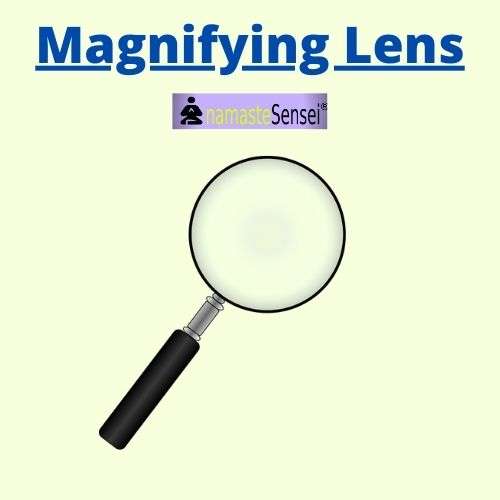
- A magnifying glass is a convex lens used to make an object seem much bigger than it is. This works when the object is placed at a distance less than the focal length from the lens. A magnifying glass uses a convex lens because these lenses cause light rays to converge, or come together.
- As the light rays enter the convex lens present in the magnifying glass, these rays become focused on a specific focal point in front of the center of the lens.
Furthermore, if the magnifying glass is at an optimal distance, this generates the utmost magnification of the object.
-
Optical Lens in the camera
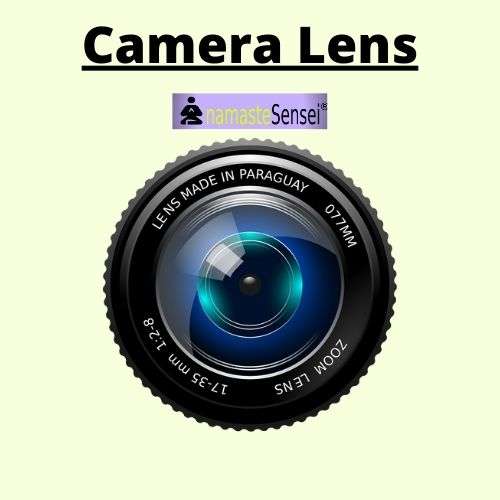
- A camera consists of three main parts.
a. The body is light-tight and contains all the mechanical parts.
b. The lens is a convex (converging) lens.
c. The film or a charged couple device in the case of a digital camera. - Convex lenses are used for optical lenses in cameras as a primary lens.
- Most optical devices make use of not just one lens, but of a combination of convex and concave lenses.
For example, combining a single convex lens with a single concave lens enables distant objects to be seen in more detail.
This is because the light condensed by the convex lens is once more refracted into parallel light by the concave lens. This arrangement made possible the Galilean telescope, named after its 17th-century inventor, Galileo.
-
Projectors
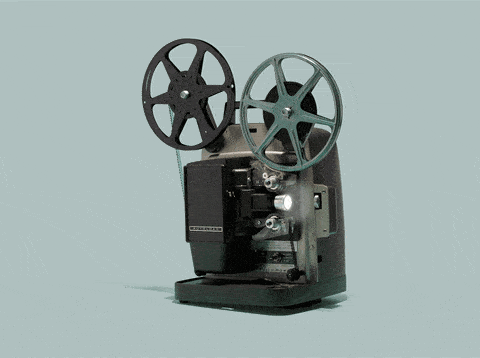
- Projectors are used to display large pictures by projecting it onto a screen.
- A convex lens is used in projectors to get a magnified image.
-
Uses of a convex lens in Telescope
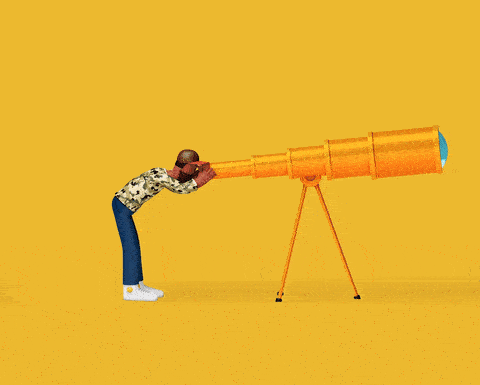
- Telescope has both convex and concave lenses.
- The telescope must have one convex lens as one of the two lenses since the convex lens is used to magnify the objects by bending the path of light.
- The concave lens is used to extend the focal length in some telescope designs.
-
Eyeglasses
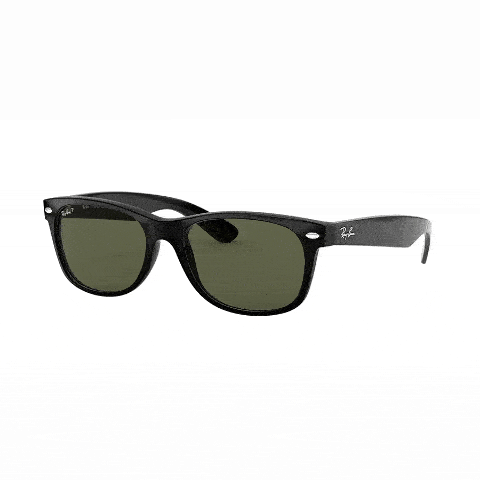
- A lens has two surfaces. Each surface may be convex, concave, or plane (flat). Lenses that are called “convex” are usually convex on both sides, and a more correct term for them is “double convex”. Lenses called “concave” are usually really “double concave”. A lens that is convex on one side and flat on the other is “plano-convex”, while “Plano concave” is a combination of flat and concave.
- Convex Lens is used in Eyeglasses to correct farsightedness or hyperopia.
To fix this condition, a Convex lens is used in the eyeglasses that converge the light rays and focus it on the surface of the retina, hence a bright and precise image is obtained. - Most spectacle lenses are convex on one side and concave on the other, called “meniscus”. Whether the lens converges or diverges light depends on the relative curvature of the two faces.
If the convex side is more curved than the concave side, the lens will be thicker in the center than the edges, and the lens has positive power (just like a double convex lens).
Conversely, a concave side with more curvature makes the lens thicker at the edge than the center – which has negative power like a double concave lens. - So, it usually doesn’t make sense to ask if a spectacle lens is concave or convex – it is actually both, but the correct term is the meniscus.
-
Use of convex lens in Peepholes
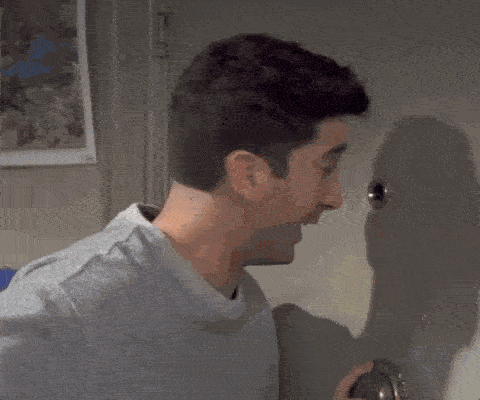
- The peephole is tiny, the lens by necessity would have to be convex in order to maximise the angle of view. They are used for security to provide a view of people or objects outside the doors. They can be also in secret places for security purposes. The hole is very small, but the convex lens placed in the hole magnifies the image that is on the other side. This applies to normal peepholes. There may be other peepholes designed for other purposes. In that case, different lenses may be used.
- Peepholes are used to minimise the proportions of the objects and gives a wider view of the object or area.
-
Binoculars

- The objective section of a binocular is a lens group that overall has a positive focal length; it causes parallel rays to converge. If it were a single lens, it would be overall convex, and probably double-convex. (Although, you could certainly build a pair of binoculars using plano-convex or positive meniscus lenses for the objective if you really wanted to).
-
Rifle Scopes
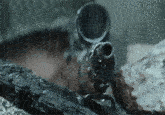
- Telescopic rifles are used to provide an accurate point of aim. Small telescope mounted on your firearm. A scope gathers light to brighten the image, uses mirrors and lenses to magnify the target, and does away with aligning rear and front sights.
- A rifle scope is a small telescope mounted on your firearm. A scope gathers light to brighten the image, uses mirrors and lenses to magnify the target, and does away with aligning rear and front sights.
-
Web Cameras
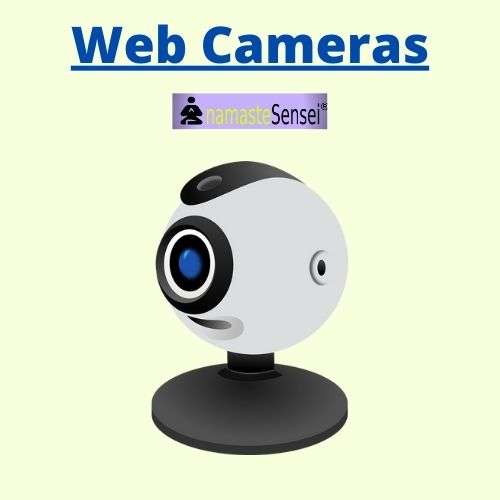
- Just like the eye, the lens sees an image, focuses it, and transmits its colors, sharpness, and brightness through the camera to the photographic film, which, like our memory, records the image for processing and future use. Lenses are made of optical glass or plastic. They focus light rays by refracting or bending them so that they meet or converge at a common point.
- Convex lenses are used in web cameras so that real images formed can be taken on screen. A concave mirror on the other hand does not form a real image.
-
Some definitions Related to Lenses
- Optical Center
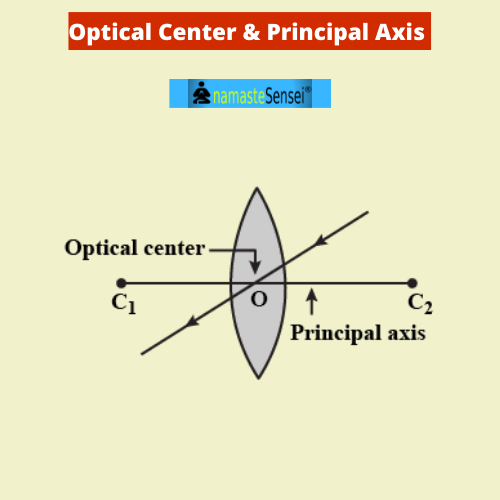
- The center point of a lens is known as its optical center. It is represented by O. The optical center is a point of the lens, directed to which incident rays refract without any deviation in the path.
- Centres of Curvature
- The centres of the two imaginary spheres of which the lens is a part are called centres of curvature of the lens. It is represented by C. A lens has two centres of curvature with respect to its two curved surfaces.
- Radii of Curvature
- The radii of two imaginary spheres of which the lens is a part is called radii of curvature of the lens. A lens has two radii of curvature. They may or may not be equal.
- Principal Axis

- The imaginary line joining the two centers of curvature is called the principal axis of a lens. The principal axis also passes through the optical center.
- Focal Length of lens
- The distance between the focus and optical center of the lens is called the focal length of the lens.
- Focal Plane
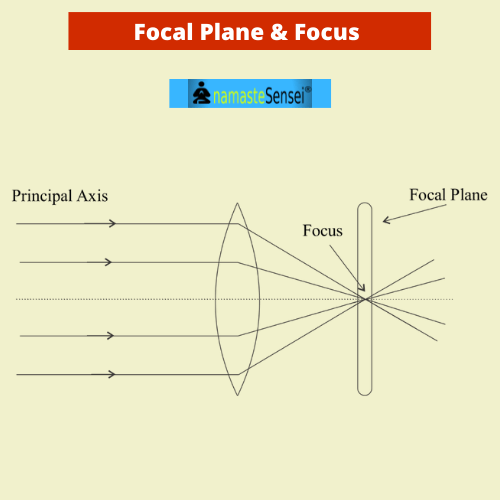
- The plane passing through the focus and perpendicular to the principal axis is called the focal plane.
- Aperture
- The effective diameter of the circular outline of a spherical lens is called its aperture.
Congratulations, you have read the complete article about uses of convex lens in daily life. If you have any doubts or queries, feel free to comment below. We will respond as soon as possible.
Or Email Us At [email protected]
More Articles:
| 30 Examples Of Vector Quantity | Difference Between Scalar And Vector Quantity |
Any topic you want us to cover? Let us know.
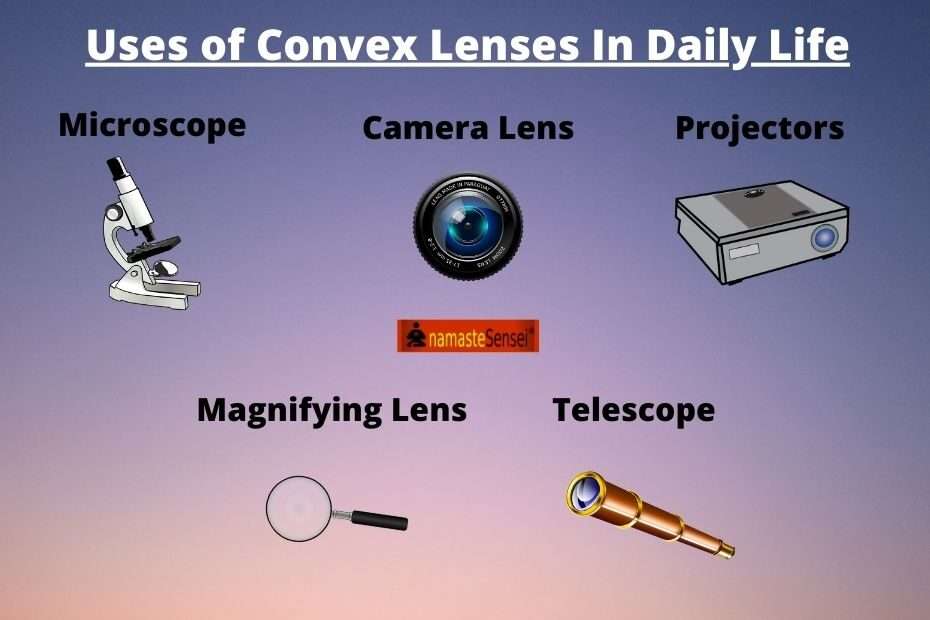
Thank you for sharing this insightful and well-written blog post. The information you provided was practical and relevant.